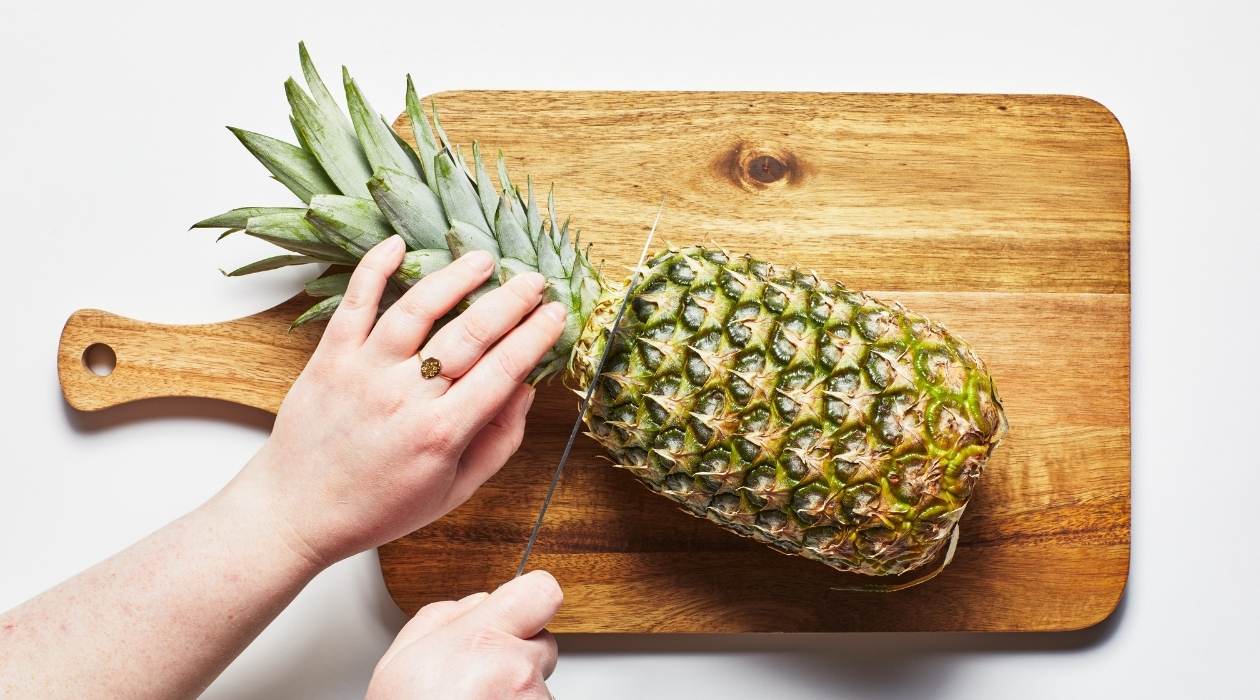

Articles
How To Store Pineapple
Modified: March 26, 2024
Learn the best methods for storing pineapple to keep it fresh and flavorful with our informative articles.
(Many of the links in this article redirect to a specific reviewed product. Your purchase of these products through affiliate links helps to generate commission for Storables.com, at no extra cost. Learn more)
Introduction
Welcome to the wonderful world of pineapple storage! Whether you’ve bought a juicy pineapple from the farmers’ market or harvested one from your own backyard, learning how to properly store this tropical fruit is essential to keep it fresh and delicious for as long as possible.
Pineapple, with its sweet and tangy flavor, is a versatile fruit that can be enjoyed fresh, added to smoothies, used in salads, or even grilled for a delightful tropical twist. However, if not stored correctly, pineapple can quickly become overripe and spoiled, losing its vibrant taste and texture. That’s why it’s important to know the best practices for storing pineapple to ensure its longevity.
In this article, we’ll guide you through the process of choosing a ripe pineapple, preparing it for storage, and provide various methods for storing pineapple to extend its shelf life. Additionally, we’ll share some valuable tips to keep in mind while storing your pineapple.
So, let’s dive in and discover how to keep your pineapple fresher for longer!
Key Takeaways:
- Choose ripe pineapples based on appearance, smell, and texture to ensure sweetness. Store in the refrigerator, airtight container, or plastic bag to maintain freshness. Consider freezing or canning for extended shelf life.
- Prepare pineapple by removing the crown and base, peeling, and cutting into desired shapes. Store in a cool, dark place away from ethylene-producing fruits. Check for freshness before consumption to enjoy the best quality fruit.
Read more: How To Store A Pineapple
Choosing a Ripe Pineapple
Choosing a ripe pineapple is the first step to ensuring its freshness and flavor. Here are some key factors to consider when selecting a pineapple:
Appearance:
Look for a pineapple that has a vibrant, golden-yellow color. Avoid pineapples that are predominantly green, as they are likely not fully ripe. The more golden the color, the sweeter the pineapple will be. However, avoid pineapples with excessive browning or bruising, as they may be overripe.
Smell:
The aroma of a pineapple is a great indicator of its ripeness. When you pick up a pineapple, give it a gentle sniff. A ripe pineapple should have a sweet, tropical scent. If it has a sour or fermented smell, it may be past its prime.
Texture:
When it comes to the texture of a pineapple, you want to ensure it is firm but yields slightly when gentle pressure is applied. Avoid pineapples that are too soft or mushy, as they may be overripe or starting to spoil. Pineapples with a bit of firmness indicate that they are fresh and ready to be enjoyed.
Keep in mind that the sweetness and juiciness of a pineapple can vary based on the variety. Some varieties, like the Honey Gold or Golden Supreme, are known for their exceptional sweetness, while others may have a more tart flavor. Choose a pineapple that aligns with your taste preferences.
By considering the appearance, smell, and texture of a pineapple, you can confidently select a ripe and delicious fruit that will elevate your culinary creations!
Read more: How To Store Cut Pineapple
Preparing the Pineapple for Storage
Once you have chosen a ripe pineapple, it’s time to prepare it for storage. Follow these steps to ensure your pineapple is ready for consumption or extended preservation:
Removing the Crown and Base:
Start by removing the crown and base of the pineapple. Hold the pineapple firmly and with a sharp knife, cut off the leafy crown and about half an inch from the top and bottom of the fruit. This will create a stable base for the pineapple to stand on and make it easier to peel.
Peeling the Pineapple:
Stand the pineapple upright and, using a sharp knife, carefully cut downward to remove the skin. Follow the curve of the pineapple and remove any remaining eyes (small, brown spots) with a paring knife or a pineapple corer/slicer. Take care not to remove too much flesh while peeling, as this can result in unnecessary waste.
Cutting into Desired Shapes:
Now that your pineapple is peeled, it’s time to cut it into your desired shapes. You can slice the pineapple into rounds, dice it into cubes, or even create decorative shapes. To slice the pineapple into rounds, lay it on its side and cut crosswise into desired thickness. For cubes, cut the pineapple into rounds and then slice crosswise and lengthwise to create cubes. Get creative with the shapes and sizes based on your culinary needs!
As you complete these steps, ensure you have a clean working surface and proper knife handling techniques to avoid any accidents. Preparing the pineapple for storage will make it easier to enjoy or utilize in various recipes.
Read more: How To Store A Fresh Pineapple
Storing the Pineapple
Now that your pineapple is prepared, it’s time to store it to maintain its freshness. Here are a few methods for storing pineapple:
In the Refrigerator:
The refrigerator is an ideal place to store a prepared pineapple. Place the pineapple pieces in an airtight container or wrap them tightly in plastic wrap. This will help prevent the pineapple from absorbing strong odors in the fridge and keep it fresh for up to 4-5 days.
In an Airtight Container:
Another option is to store the prepared pineapple in an airtight container. Ensure that the container is clean and dry before adding the pineapple. This method helps to retain the pineapple’s moisture and prevent it from drying out. Place the container in the refrigerator to prolong the pineapple’s freshness.
In a Plastic Bag:
If you don’t have an airtight container, you can also place the prepared pineapple in a plastic bag. Squeeze out as much air as possible before sealing the bag. This will help maintain the pineapple’s moisture and prevent it from absorbing any unwanted flavors in the refrigerator.
Read more: How To Store Pineapple In Fridge
Using a Pineapple Corer/Slicer:
If you have a pineapple corer/slicer, you can store the pineapple directly in its shell. After removing the crown and base, use the corer/slicer to remove the flesh from the pineapple. Empty the core from the slicer and place it back into the shell. Cover the exposed pineapple flesh with plastic wrap or place it in an airtight container. This method allows the pineapple to stay fresh while serving as a handy storage container.
Remember to store the pineapple in a cool and dry place, away from direct sunlight or heat sources. This will help maintain its quality and prolong its shelf life.
Choose the storage method that works best for you and enjoy the sweet and tangy goodness of pineapple whenever you desire!
Extending the Shelf Life of Pineapple
If you want to extend the shelf life of your pineapple beyond a few days, there are two great methods to consider: freezing and canning.
Freezing Pineapple:
Freezing pineapple is a convenient way to preserve its freshness and enjoy it later. Here’s how to freeze pineapple:
- Peel and cut the pineapple into desired shapes, such as chunks or slices.
- Place the pineapple pieces on a baking sheet lined with parchment paper, making sure they are not touching each other. This will prevent them from sticking together during the freezing process.
- Put the baking sheet with the pineapple into the freezer and freeze for about 2-3 hours, or until the pineapple pieces are firm.
- Transfer the frozen pineapple pieces into freezer-safe bags or airtight containers.
- Label the containers with the date and place them back in the freezer.
Frozen pineapple can be stored in the freezer for up to 6 months. When you’re ready to use it, simply thaw the desired amount in the refrigerator or use it directly in smoothies, desserts, or other recipes. The texture may change slightly after freezing, but the flavor will remain intact.
Canning Pineapple:
Canning pineapple is a preservation method that allows you to store pineapple for an extended period. Here’s a basic guide for canning pineapple:
- Peel, core, and cut the pineapple into desired shapes, such as chunks or rings.
- Prepare a syrup by combining water and sugar in a saucepan. Use a ratio of 1 cup of sugar for every 4 cups of water. Bring the syrup to a boil and then simmer for about 5 minutes.
- Add the pineapple pieces to the syrup and cook them for a few minutes until slightly tender.
- Using a slotted spoon, transfer the pineapple pieces to sterilized canning jars, leaving about ½ inch of headspace at the top.
- Pour the hot syrup over the pineapple, leaving the same ½ inch of headspace.
- Wipe the jar rims with a clean, damp cloth to remove any syrup or debris.
- Seal the jars with sterilized lids and process them using a water bath canner according to canning guidelines. Processing times may vary depending on your location and elevation.
- Allow the jars to cool and check that they have sealed properly before storing them in a cool, dark place.
Canned pineapple can be stored for up to a year or more. When ready to use, drain the pineapple from the syrup and enjoy it in various dishes like salads, desserts, or even as a topping for cakes and ice cream.
By freezing or canning pineapple, you can extend its shelf life and have a supply of this tropical delight ready for your enjoyment throughout the year.
Read more: How To Store Pineapple In Freezer
Tips for Storing Pineapple
To ensure that your stored pineapple stays fresh and maintains its delicious flavor, here are some important tips to keep in mind:
Avoid Storing Pineapple Near Ethylene-Producing Fruits:
Pineapple is sensitive to ethylene gas, a natural plant hormone that promotes the ripening process. To prevent your pineapple from overripening or spoiling prematurely, keep it away from ethylene-producing fruits, such as bananas, apples, and tomatoes. If stored together, these fruits can accelerate the ripening of pineapple and affect its quality.
Keep Pineapple Away from Direct Sunlight:
Pineapple should be stored in a cool, dark place, away from direct sunlight. Exposure to sunlight can cause the pineapple to ripen too quickly and spoil before you have a chance to enjoy it. Find a spot in your kitchen or pantry that is cool and dry to store your pineapple for optimal freshness.
Checking for Freshness Before Consumption:
Before consuming stored pineapple, it’s essential to check for freshness to ensure it is still suitable for consumption. Here are some signs to look for:
- Color and smell: The pineapple should still have a vibrant golden-yellow color and a sweet, tropical aroma. If the color is dull or the smell is off, it may indicate that the pineapple has started to spoil.
- Texture: When you touch the flesh of the pineapple, it should be firm with a slight give. If it feels mushy or overly soft, it may be overripe or spoiled.
- Taste: Give the pineapple a small taste test. It should have a sweet and tangy flavor with no signs of fermentation or off notes. If it tastes sour or off, it’s best to discard it.
By checking for freshness before consuming stored pineapple, you can ensure that you are enjoying the best quality fruit and avoiding any potential health risks.
Follow these tips to store your pineapple properly and maintain its freshness for longer periods. With a little care and attention, you can enjoy the succulent flavor of pineapple whenever you desire.
Read more: How To Store Uncut Pineapple
Conclusion
Properly storing pineapple is key to preserving its freshness, flavor, and texture. Whether you choose to store a whole pineapple or prepared pineapple pieces, following the recommended methods will help you enjoy this tropical fruit for longer periods.
Start by selecting a ripe pineapple based on its appearance, smell, and texture. A golden-yellow color, sweet aroma, and slightly yielding texture are all indicators of a ripe pineapple. Once you have chosen the perfect pineapple, it’s time to prepare it for storage. Remove the crown and base, peel the pineapple, and cut it into your desired shapes.
When it comes to storing pineapple, you have several options. You can store it in the refrigerator in an airtight container or a plastic bag. If you have a pineapple corer/slicer, you can even store the pineapple directly in its shell. Each method helps to maintain the pineapple’s freshness and prevent it from absorbing unwanted flavors.
To extend the shelf life of pineapple, consider freezing or canning. Freezing allows you to store pineapple for up to 6 months, while canning enables you to preserve its freshness for a year or more. These methods are perfect for having pineapple readily available for smoothies, desserts, and other recipes throughout the year.
Remember to follow a few important tips while storing pineapple. Keep it away from ethylene-producing fruits, such as bananas, and store it in a cool, dark place away from direct sunlight. Before consuming stored pineapple, check for signs of freshness, such as color, smell, texture, and taste.
In conclusion, by choosing ripe pineapple, preparing it properly, and utilizing appropriate storage methods, you can enjoy the delightful taste of pineapple for extended periods. So go ahead and bring home the golden goodness of pineapple, knowing that you have the knowledge to store it perfectly!
Frequently Asked Questions about How To Store Pineapple
Was this page helpful?
At Storables.com, we guarantee accurate and reliable information. Our content, validated by Expert Board Contributors, is crafted following stringent Editorial Policies. We're committed to providing you with well-researched, expert-backed insights for all your informational needs.
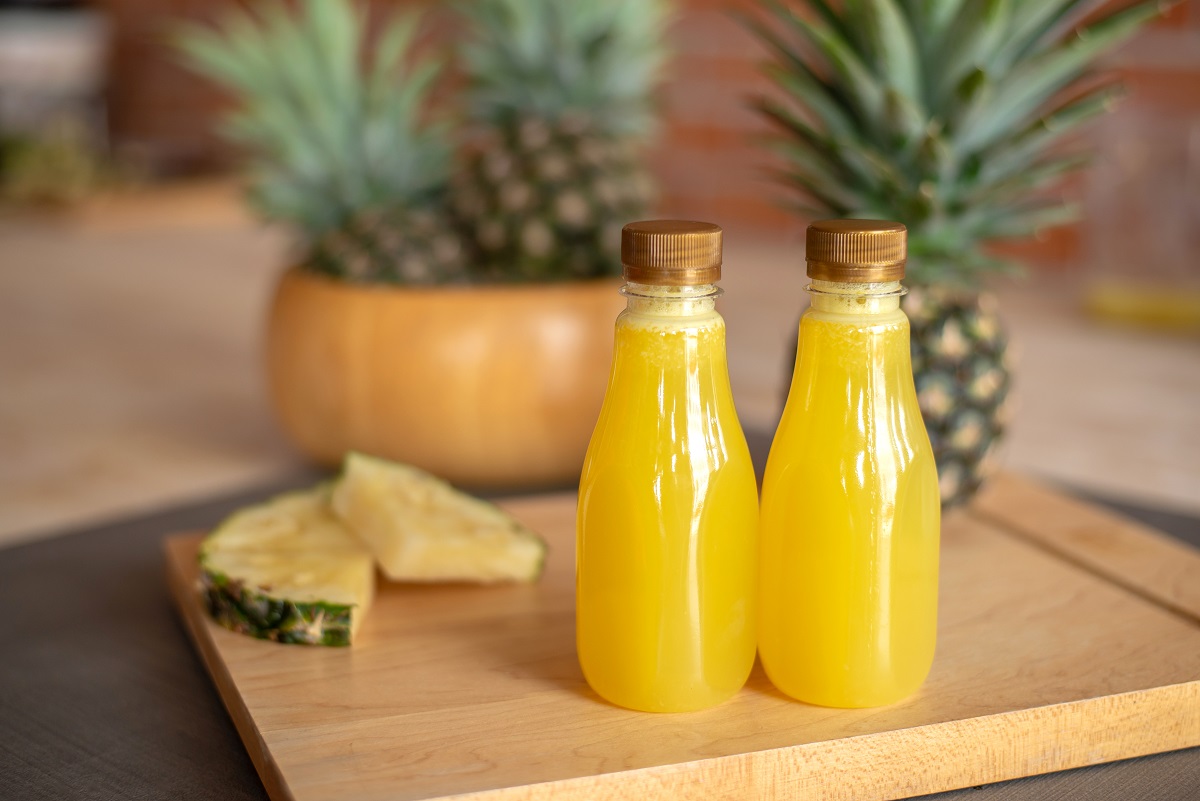
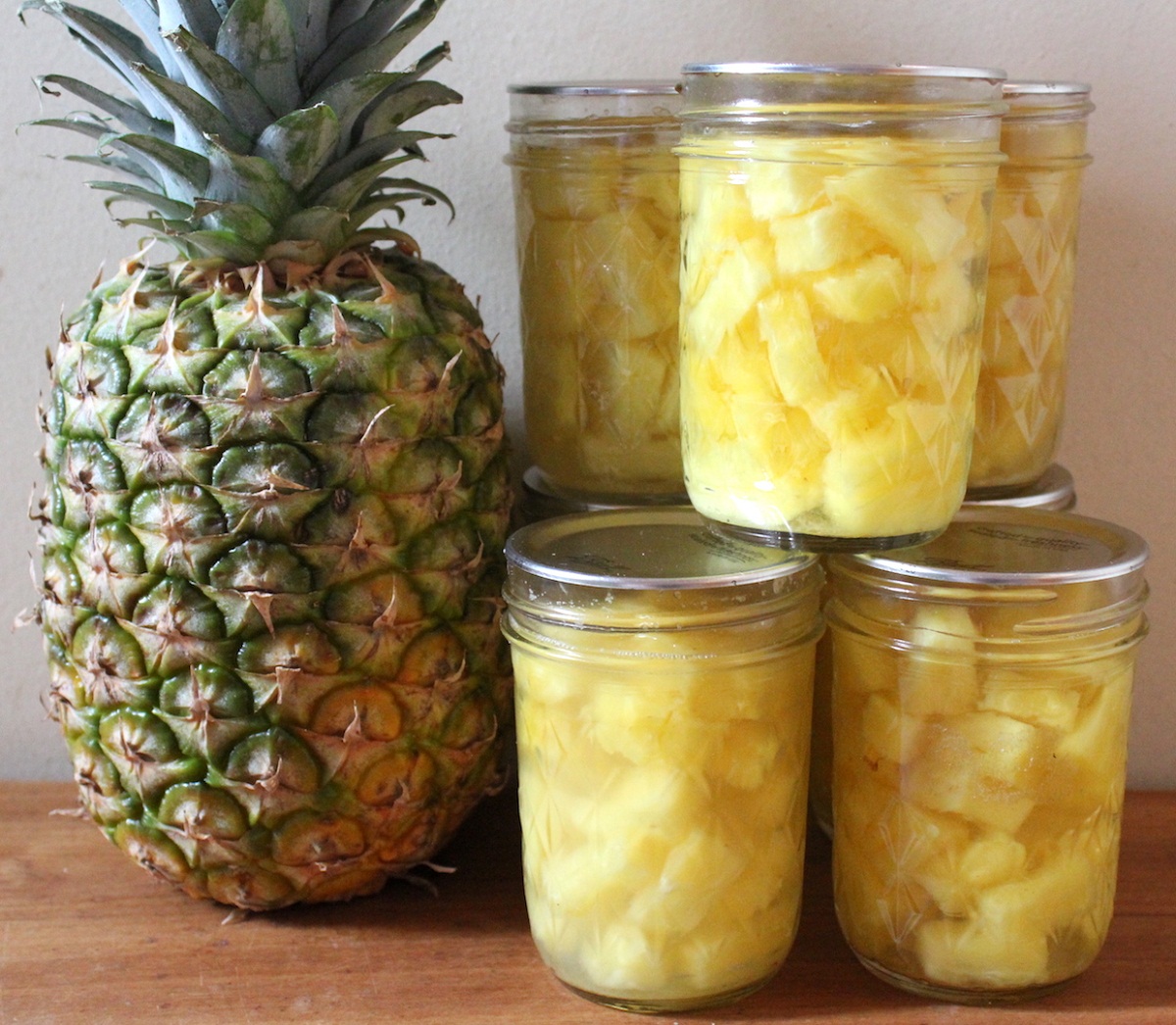
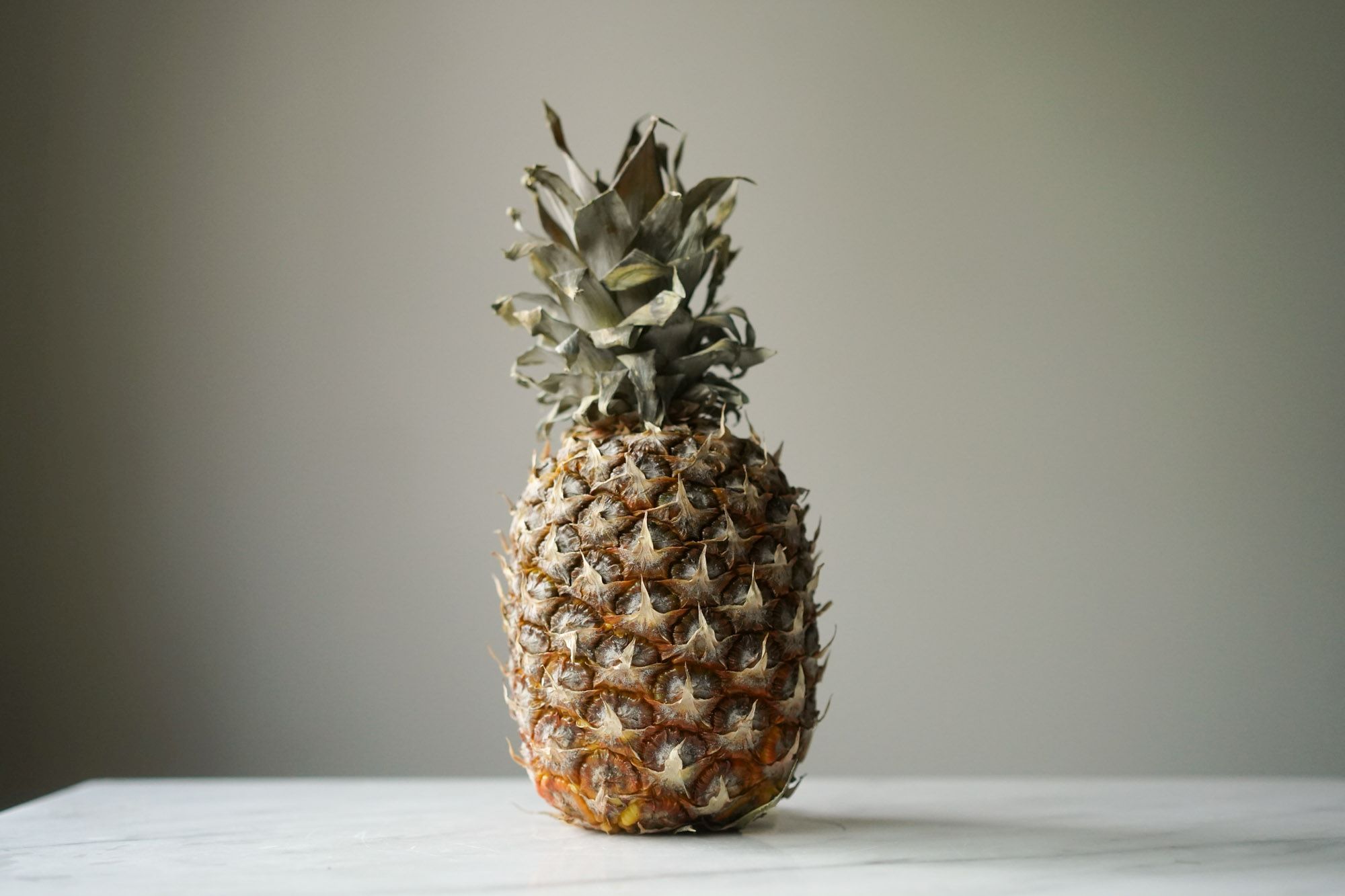
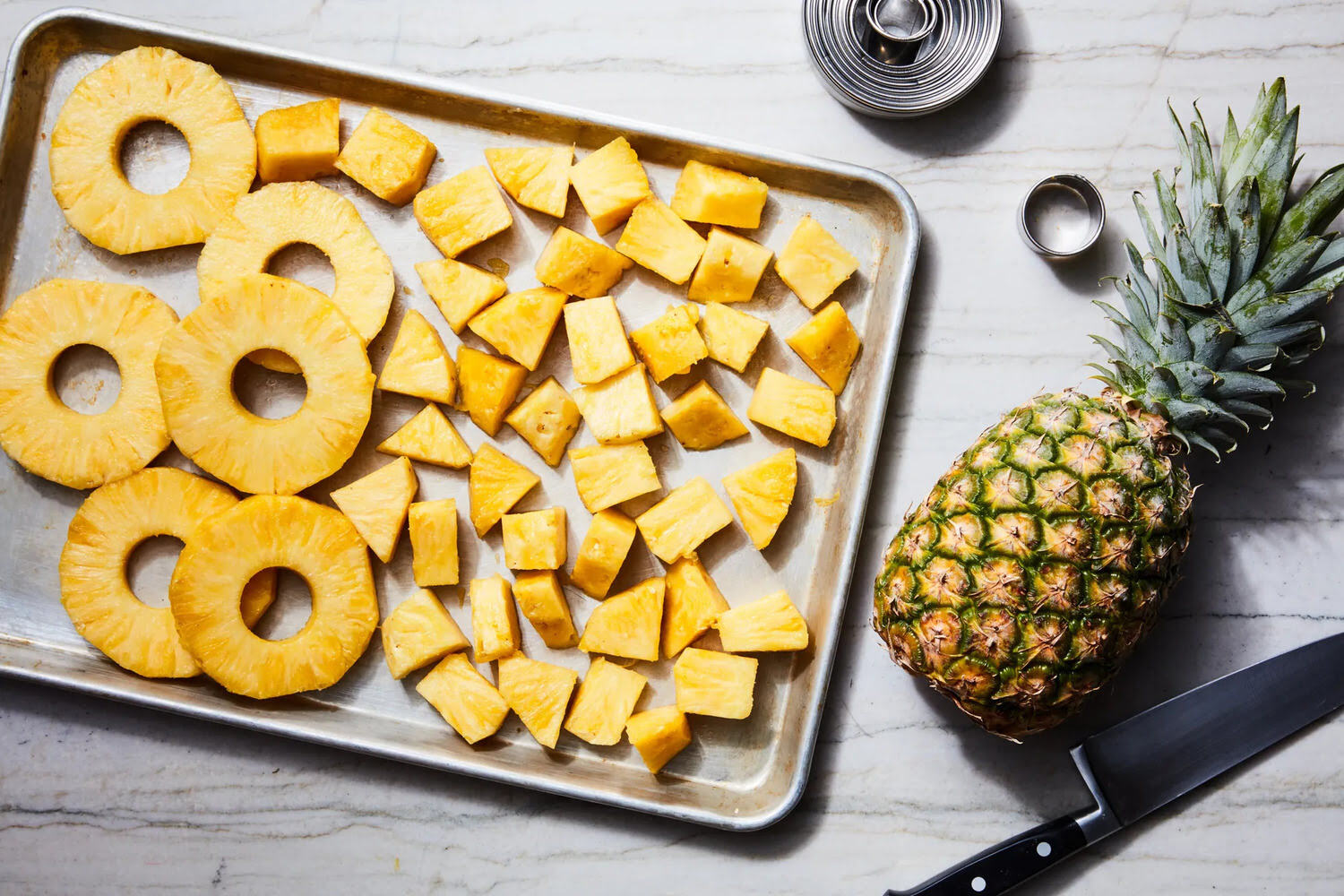
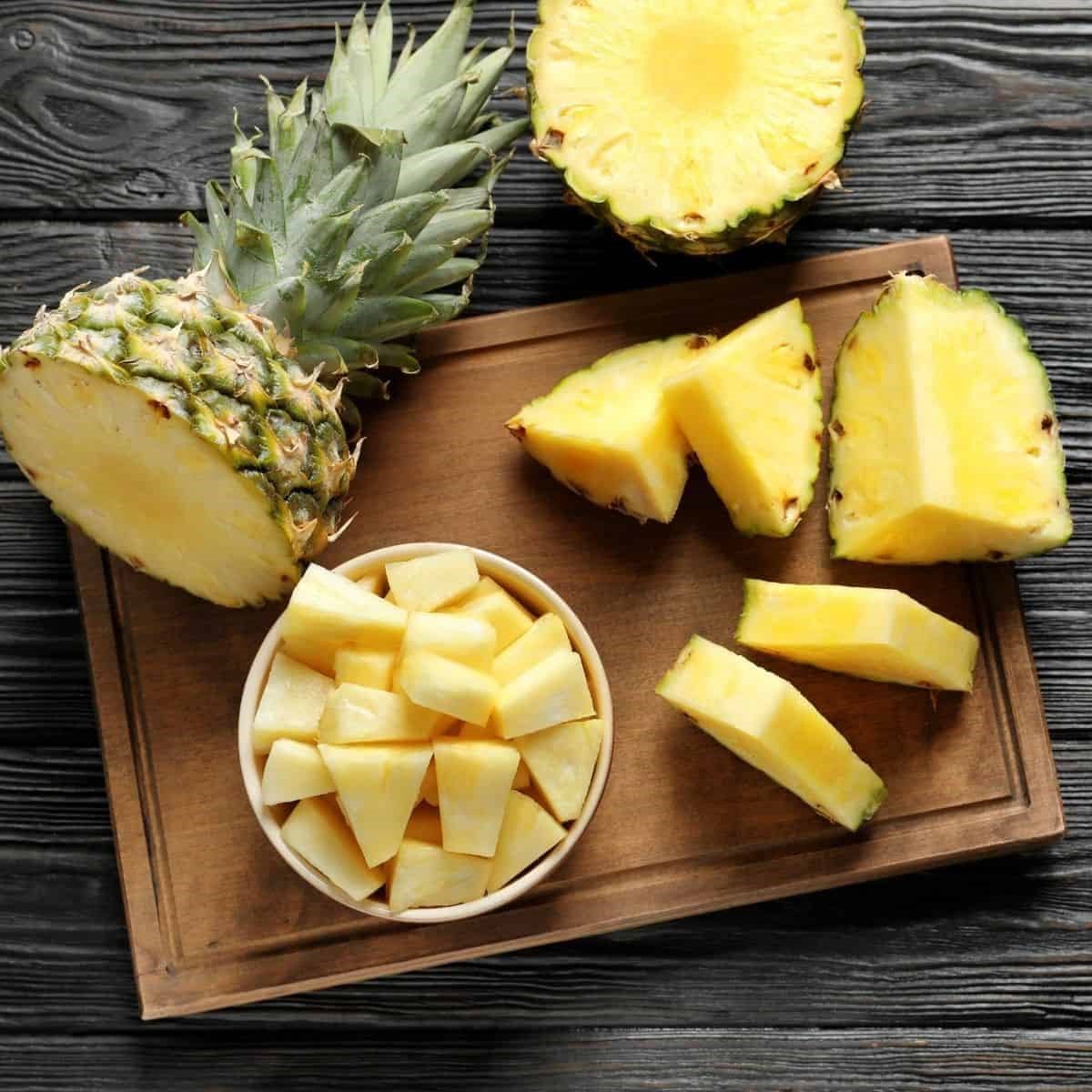
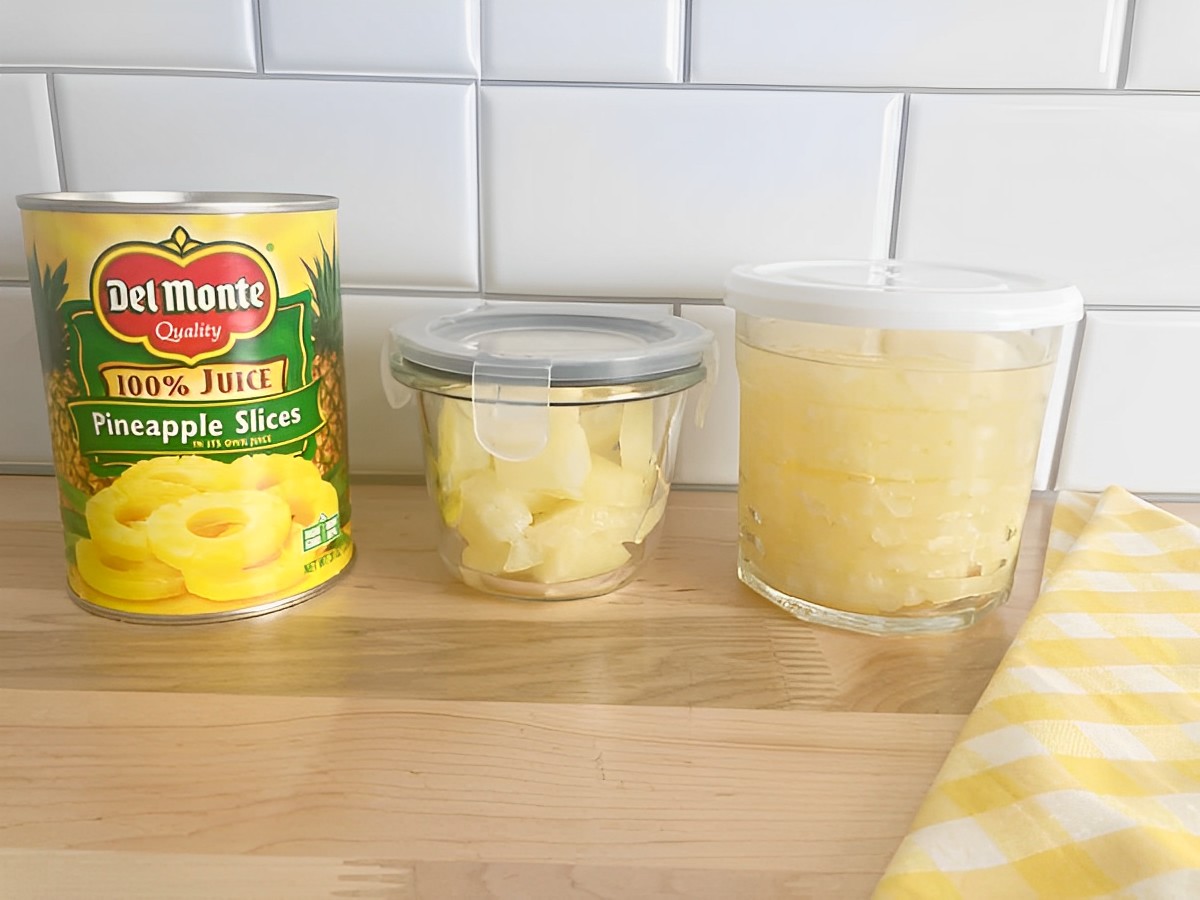
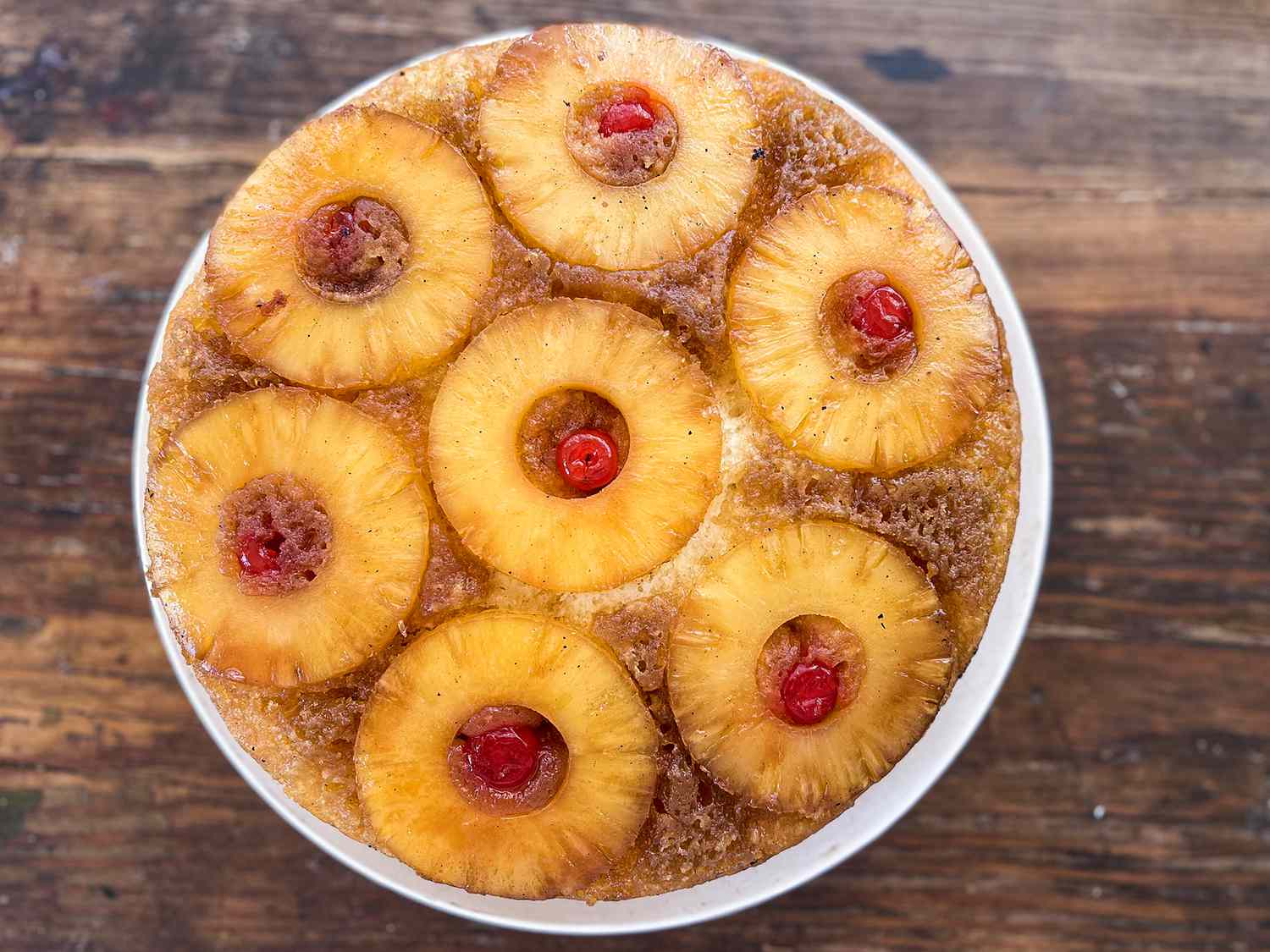
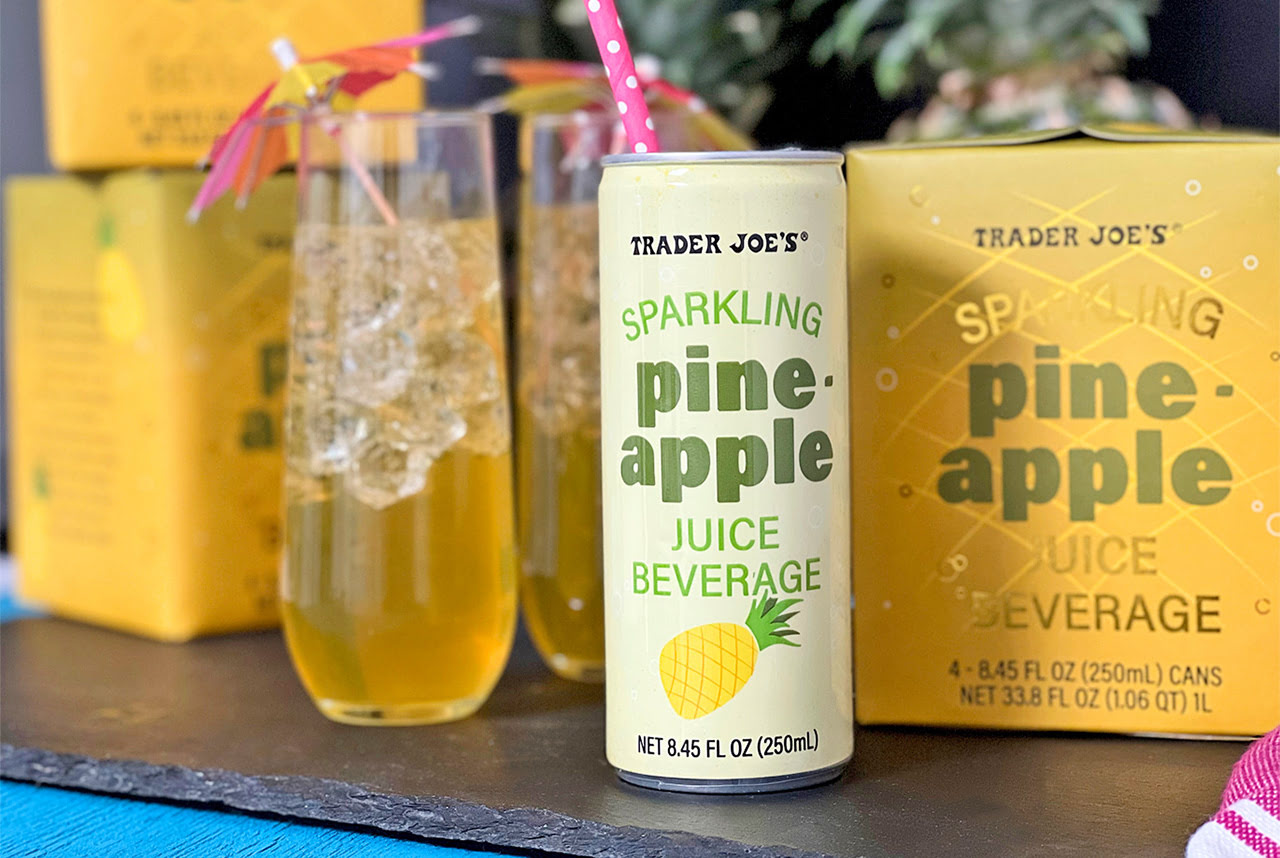
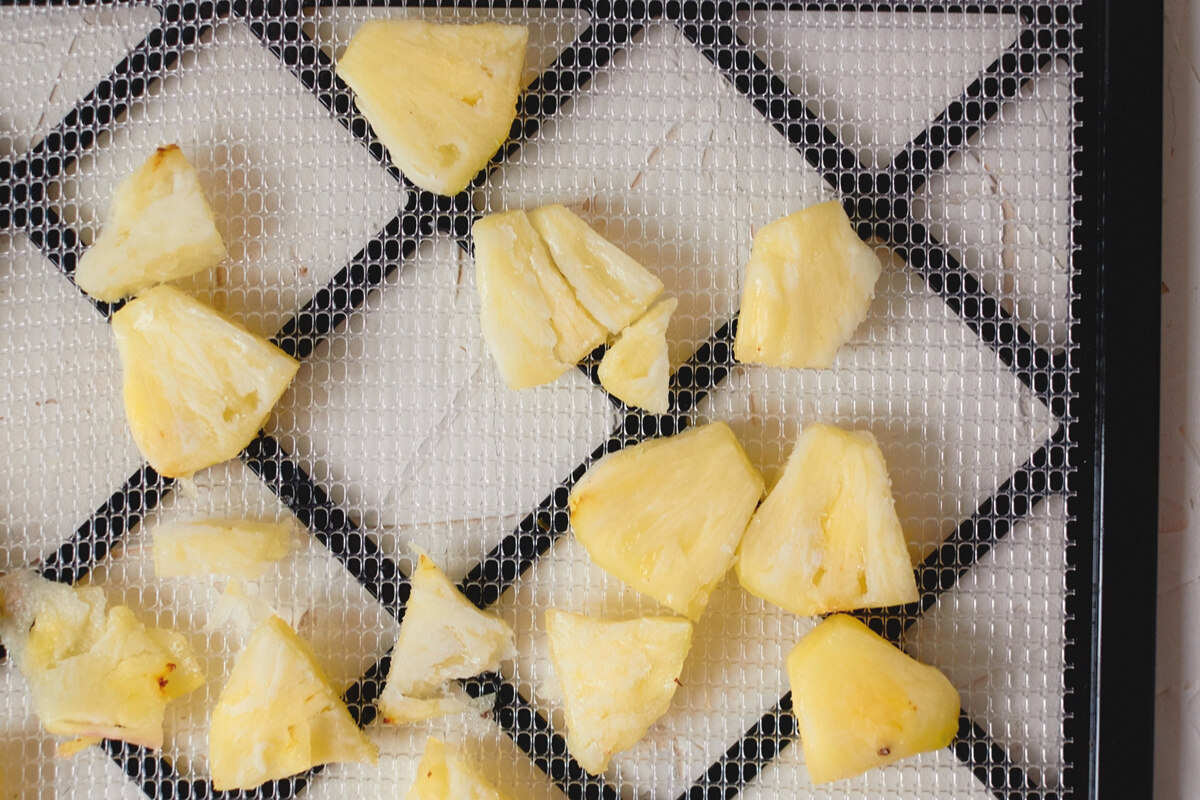
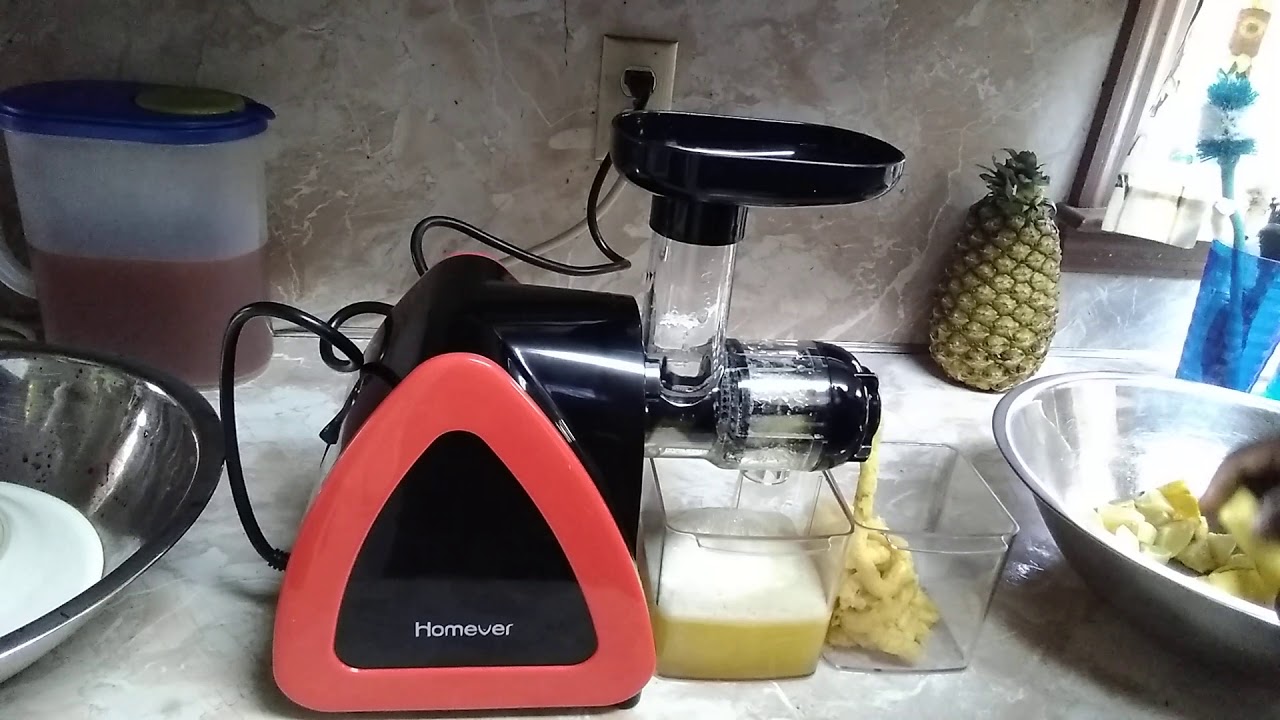

0 thoughts on “How To Store Pineapple”